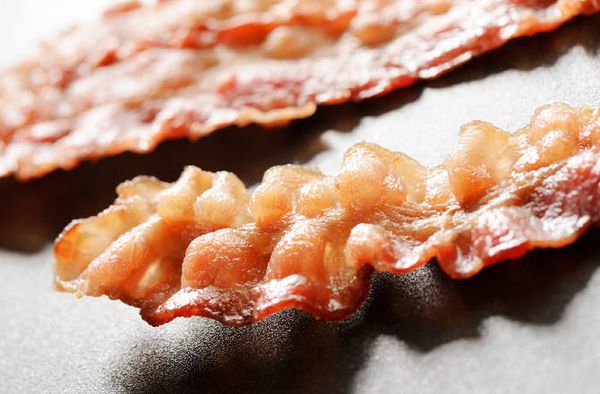Beer belly. Spare tire. Muffin top. Whatever you call abdominal fat, abdominal obesity is not a joke. When we carry extra fat around our belly, as opposed to our hips or thighs, it increases our risk of developing heart disease, high cholesterol, diabetes, hypertension, stroke and some kinds of cancer. Drs. Mehmet Oz and Michael Roizen have a 14-day plan to redefine how you eat and to add daily exercise. Their diet and best-selling book, "YOU: On a Diet," explains how we can control our weight when we concentrate on trimming our waistlines. Following the program could mean losing two inches in two weeks.
According to the Centers for Disease Control and Prevention, the average American woman's waist size is 37 inches (94 centimeters), and for men the average is just shy of 40 inches (102 centimeters). On this diet, the goal is to measure your waist at 32.5 inches (83 centimeters) or less if you're a woman and 35 inches (89 centimeters) or less if you're a man. The number on the tape measure holds more weight than the number on your scale. The ultimate goal is to reduce your abdominal body fat.
Advertisement
So let's get straight to what matters: What's on the menu? And just how much physical activity is recommended?
The diet does not make a list of food do's and don'ts. Its intent is to reform the way you eat. It's a lifestyle change rather than weeks spent eating, say, grapefruit, or counting carbohydrates or calories in an effort to lose a few pounds. This is quite possibly one of the least restrictive diets you'll try. There are just five ingredients to drop from the menu: hydrogenated oil, sugar, high fructose corn syrup, enriched flour and white foods.
But weight loss and maintaining a healthy weight require more than just a change in how and what we eat; they also require getting up and moving. Oz and Roizen recommend four types of exercises: those that improve your stamina, increase your muscle, make you sweat and make you stretch.
Let's look at the benefits of eliminating those five ingredients of bad diet and adding the four ingredients of physical fitness.
Advertisement


